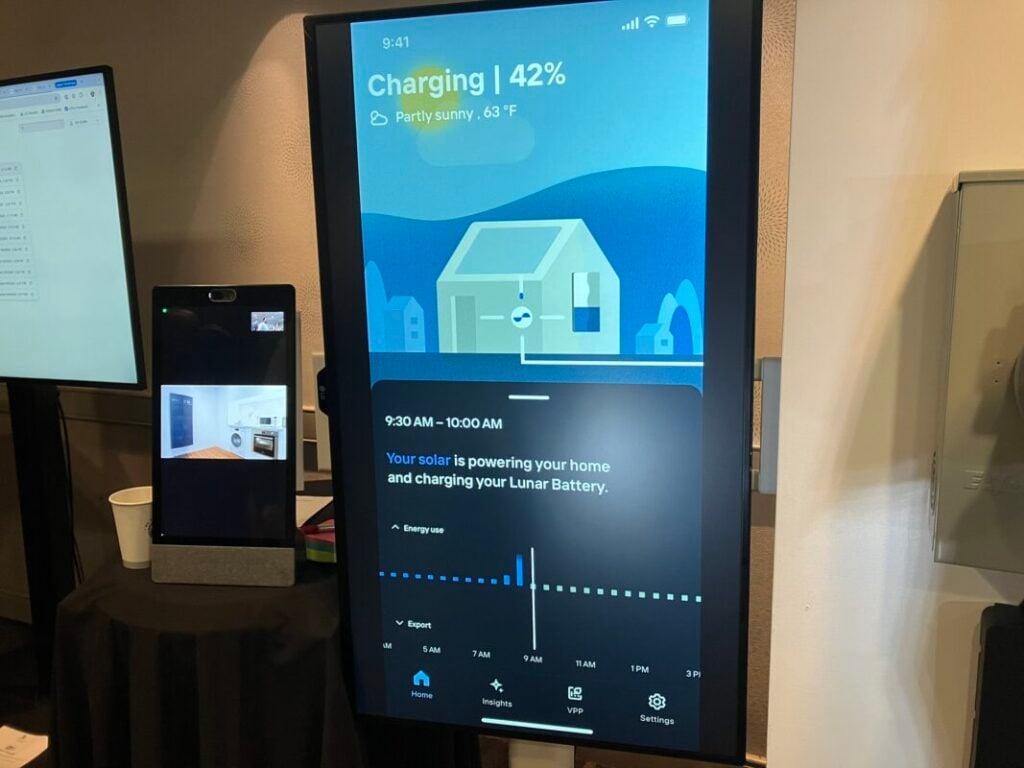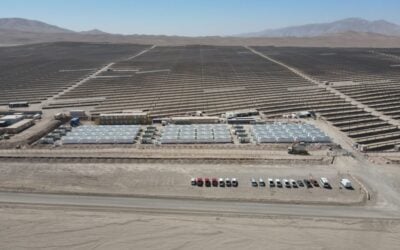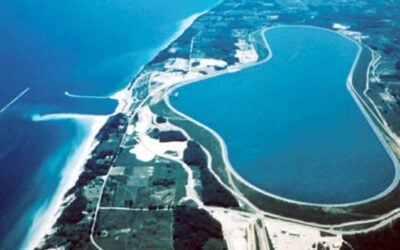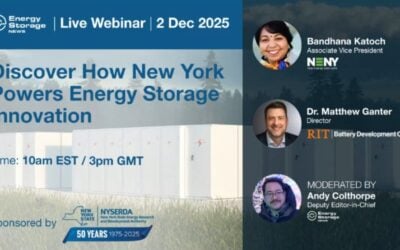
The capacity of virtual power plants in operation in North America has reached 37.5GW, a 13.7% year-on-year growth, according to Wood Mackenzie.
The market research firm’s latest publication, ‘2025 North American virtual power plant market report’, notes that between 2024 and 2025, total operational virtual power plant (VPP) capacity in North America jumped from 33GW to 37.5GW, while the number of active company deployments increased from 1,459 to 1,940. This reflects a year-on-year growth of 33%, and the faster rate of growth in the number of deployments than in overall capacity in operation reflects a sector that has “broadened more than it deepened”, according to Wood Mackenzie.
“Utility programme caps, capacity accreditation reforms, and market barriers have prevented capacity from growing as fast as market activity,” explained Ben Hertz-Shargel, global head of grid edge for Wood Mackenzie.
The report also found that the share of VPP wholesale market capacity from residential customers increased from 8.8% in 2024 to 10.2% in 2025, suggesting that there is growing interest in the VPP sector from residential customers, despite growing barriers residential power generation.
Try Premium for just $1
- Full premium access for the first month at only $1
- Converts to an annual rate after 30 days unless cancelled
- Cancel anytime during the trial period
Premium Benefits
- Expert industry analysis and interviews
- Digital access to PV Tech Power journal
- Exclusive event discounts
Or get the full Premium subscription right away
Or continue reading this article for free
“While data centers are the source of new load, there’s an enormous opportunity to tap VPPs as the new source of grid flexibility,” said Hertz-Shargel.
Looking ahead, the Wood Mackenzie report identifies “regulatory pushback” as a key obstacle to further VPP integration, pointing to utilities’ practice of rate basing distributed energy resources – including the cost of distributed energy systems in the utilities’ asset base, from which they can earn a return – as one that limits opportunities for new distributed energy investment.
To read the full version of this story, visit PV Tech.


![burns and mcdonnell GA_Battery_Storage_003[84] The maturing industry has allowed EPCs to "get more creative with engineering technology and construction equipment to help streamline operations in the field," Julian Hoover says. Image: Burns & McDonnell](https://www.energy-storage.news/wp-content/uploads/elementor/thumbs/burns-and-mcdonnell-GA_Battery_Storage_00384-rgklnp65oz5okwj4j525f5bdz9y57j338jh6zpqdvo.jpg)


